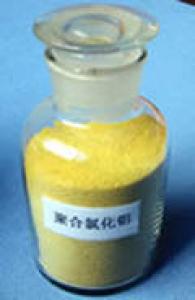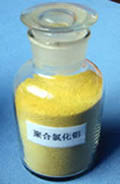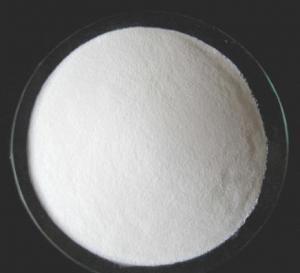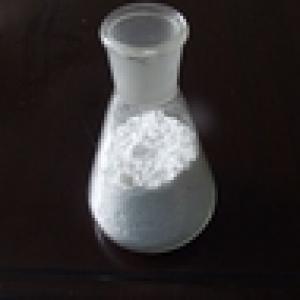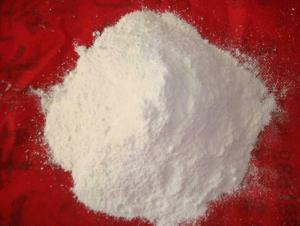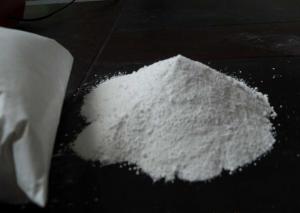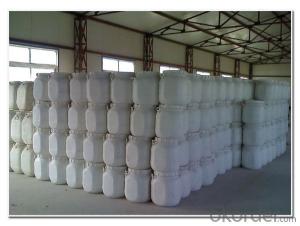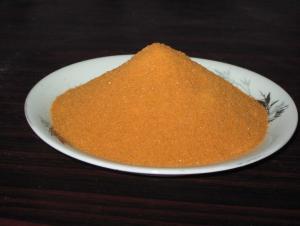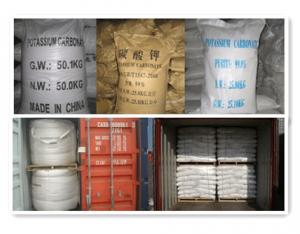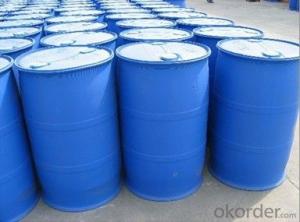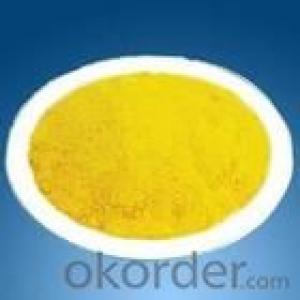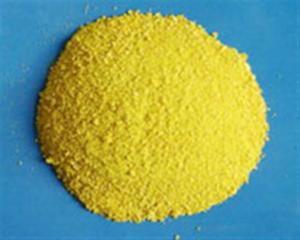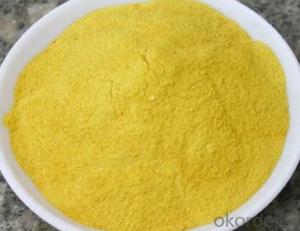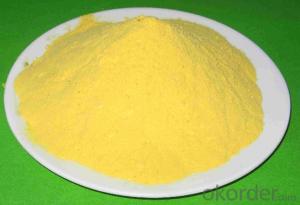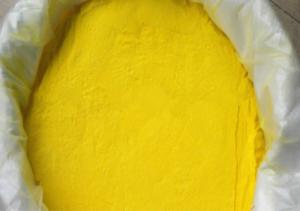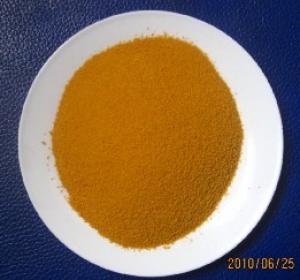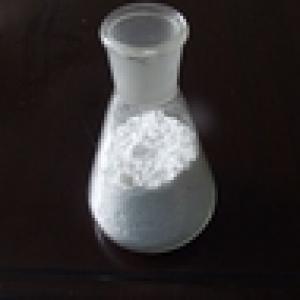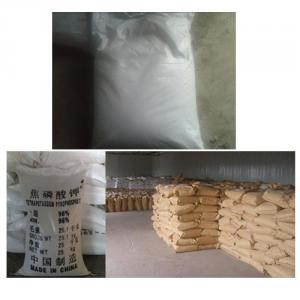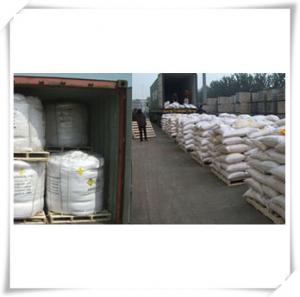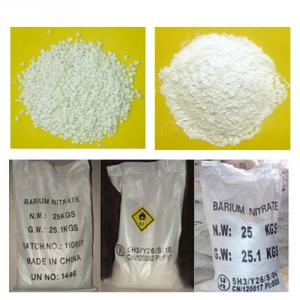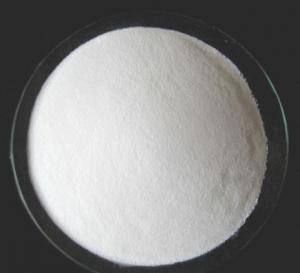Potable Water Treatment PAC
- Loading Port:
- Tianjin
- Payment Terms:
- TT OR LC
- Min Order Qty:
- -
- Supply Capability:
- 6000 m.t./month
OKorder Service Pledge
OKorder Financial Service
You Might Also Like
Polyaluminium chloride PAC 30%min
1. Features of polyaluminium chloride
a. highest grade raw materials
b. light yellow powder
c. Low heavy metal
d. High AL2O3, 30% min
2. Specification of polyaluminium chloride
Industrial water grade:
Properties: sandy beige fine powder use spray drying technology.
Usages: The product is widely used for industrial water and wastewater treatment, such as those containing radioactive substances, lead (Pb + +) chromium (Cr + + +) highly toxic heavy metals and fluoride (F) sewage. In addition, also use in precision casting, paper, leather, etc.
Item | Specification guaranteed |
AL2O3 % Min | 30 |
Basicity 8% | 50-90 |
Max. water insoluble % | 0.05 |
PH value(1% content in water) | 3.5-5.0 |
Drinkable water treatment:
Properties: Lemon yellow fine powder use spray drying technology.
Usages:The product is widely used for drinking water treatment, also use in precision casting, paper, leather, etc.
Item | Specification guaranteed |
AL2O3 % Min | 30 |
Basicity % | 70-85 |
Max. water insoluble % | 0.1 |
PH value | 3.5-5.0 |
Fe, %, ≤ | 0.2 |
As, %, ≤ | 0.0002 |
Mn, %, ≤ | 0.0075 |
Cr 6+ %, ≤ | 0.0005 |
Hg %, ≤ | 0.00001 |
Pb %, ≤ | 0.001 |
Cd %, ≤ | 0.0002 |
Milk white PAC
Properties: White fine powder use spray drying technology.
Usages: Mainly used for portable water, urban sewage purification; in food processing industry, it's mainly used as sugar decolorization clarifying agent; as sizing auxiliary in paper mills; For cloth anti-creasing
Item | Specification guaranteed |
AL2O3 % Min | 30 |
Basicity % | 40-60 |
Max. water insoluble % | 0.01 |
PH value | 3.5-5.0 |
Fe, %, ≤ | 0.2 |
As, %, ≤ | 0.0002 |
Mn, %, ≤ | 0.0075 |
Cr 6+ %, ≤ | 0.0005 |
Hg %, ≤ | 0.00001 |
Pb %, ≤ | 0.001 |
Cd %, ≤ | 0.0002 |
3. Packing of polyaluminium chloride
20kg / 25kg / 900kg / 1000kg Plastic Bag
- Q: Which foods contain calcium-containing inorganic salts
- Calcium and inorganic salts are two concepts, bother you to go back and turn the chemical book and then ask, inorganic salt can eat
- Q: Octopus why the lack of boron-containing inorganic salts can cause rape to flow only without fruit
- Boron has a great influence on the reproductive process of plants, which can accelerate pollen differentiation and pollen tube elongation. In the absence of boron, pollen tube germination is affected, poor fertilization, which leads to the formation of seeds affected, the reduction of growth hormone produced by the reduction of growth hormone will affect the formation of fruit.
- Q: What are the effects of inorganic salts on plant growth?
- N: promote cell division and growth, so that leaves grow lush. Lack of performance: plant thin and thin, leaves yellow, severe leaves were light brown.
- Q: What foods contain zinc-containing inorganic salts
- 1st: oysters (71.2 / 100g / 100g)
- Q: What are minerals and trace elements?
- Trace elements, although not much in the human body, but closely related to human survival and health. Their intake of excessive, inadequate, or lack of will cause varying degrees of human physiological abnormalities or disease. The most prominent role of trace elements is closely related to the vitality of life, just like the size of the matchhead or less the amount can play a huge physiological role. It is worth noting that these trace elements must be supplied directly or indirectly from the soil. According to scientific research, so far, due to the use of pesticide overdose, resulting in a large number of trace elements loss, so we have to indirectly add trace elements, the use of mineral power to supplement the lack of trace elements in the human body. There are 18 kinds of essential trace elements related to the detection of human health and life, namely iron, copper, zinc, cobalt, manganese, chromium, selenium, iodine, nickel, fluorine, molybdenum, vanadium, tin, silicon, strontium, Rubidium, arsenic and so on. Each of these trace elements has its own special physiological function. Although they are extremely small in the human body, they are necessary to maintain some of the decisive metabolism in the human body. Once the lack of these essential minerals trace elements, the body will be disease, and even life-threatening. Such as zinc deficiency can cause mouth, eyes, anus or genital redness, pimples, rash. Another example is iron is one of the main components of hemoglobin, iron deficiency can cause iron deficiency anemia. Abroad has been reported: the body of iron, copper, zinc reduction, can weaken the immune mechanism (resistance to disease), reduce disease resistance, contribute to bacterial infection, and infection after the mortality rate is also higher. Trace elements in disease resistance, anti-cancer, longevity and other aspects also play a role can not be ignored.
- Q: Inorganic salt function
- Although inorganic salts in the cell content is relatively small, but there are many important role.
- Q: Advertisements related to inorganic salts -.-,
- This is a good new, with a new cover in the cover of high calcium, a top of the past five, high pressure film, fruit flavor, a piece of bang on the fifth floor, not the same time, Feast children! One day one, the effect is good, but also affordable!
- Q: Think about the physical and chemical properties of salt and sugar. What properties do these substances have in common? Describe which properties you could use to distinguish between them. What properties and units would you use to describe their physical and chemical characteristics? List as many as you can.
- Salt: inorganic, ionic bond, soluble in water (ionizes); forms a crystal lattice structure as a solid. Sugar: organic compound, mostly covalent bonds, also soluble in water but does not ionize, can be burned, tastes good (just kidding).
- Q: What is the difference between organic salt and inorganic salt?
- one is organic while the other is inorganic
- Q: My inorganic diet seems to be working but I am getting tired of the taste of rock salt. Should I continue?
- Stay on your diet, you salty dog you.
Send your message to us
Potable Water Treatment PAC
- Loading Port:
- Tianjin
- Payment Terms:
- TT OR LC
- Min Order Qty:
- -
- Supply Capability:
- 6000 m.t./month
OKorder Service Pledge
OKorder Financial Service
Similar products
Hot products
Hot Searches
